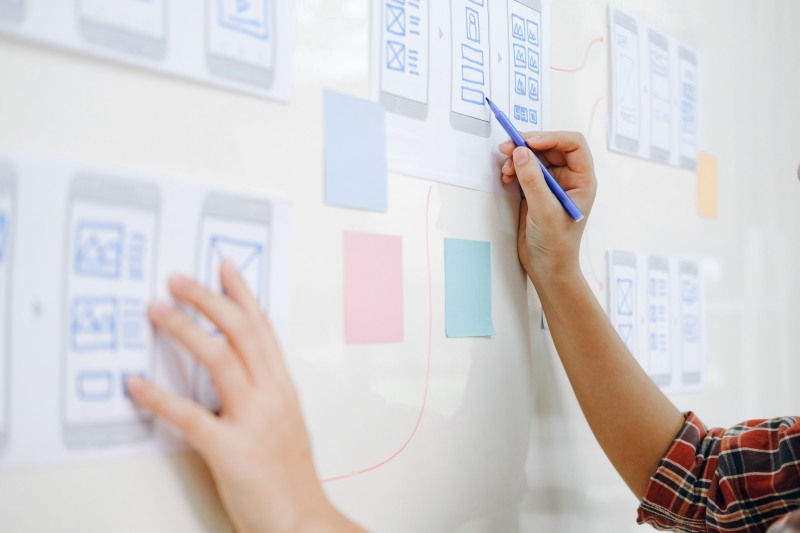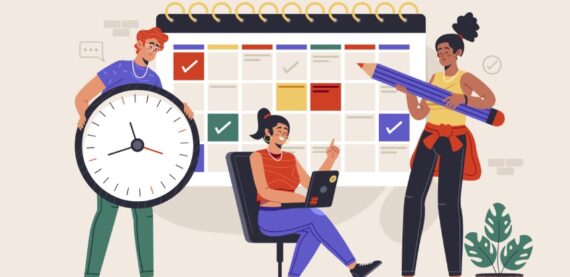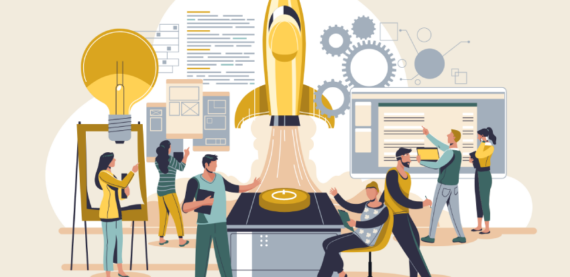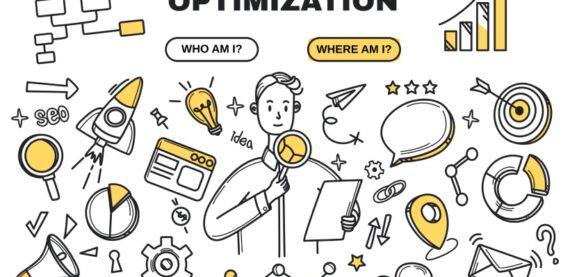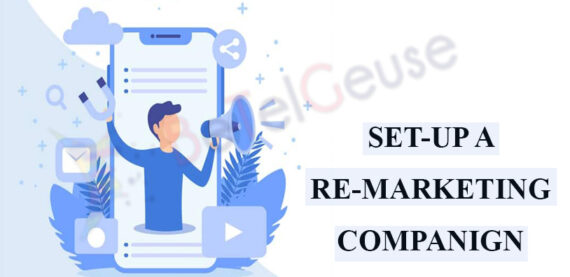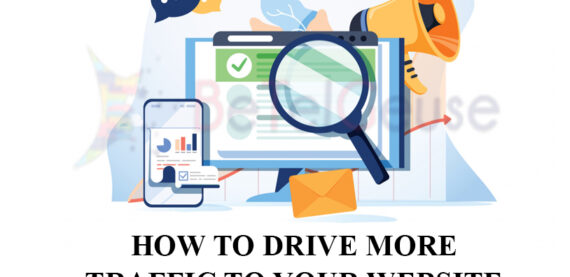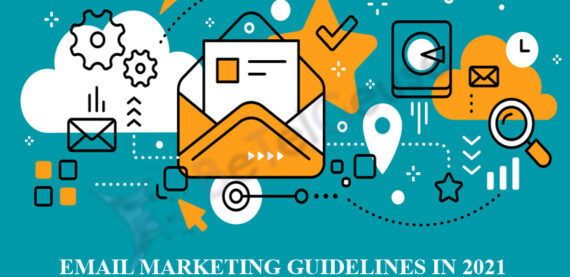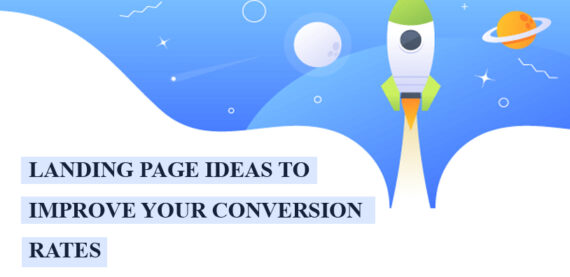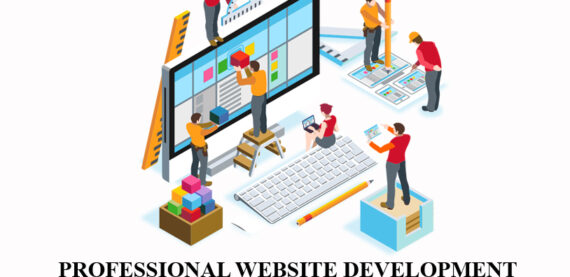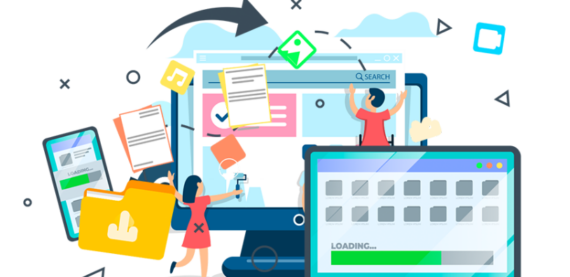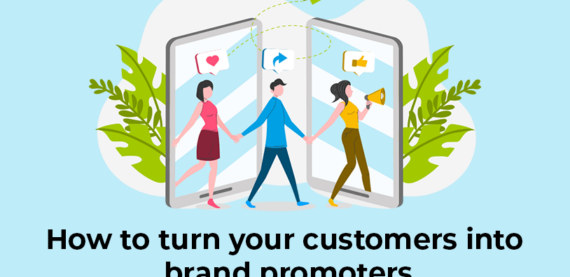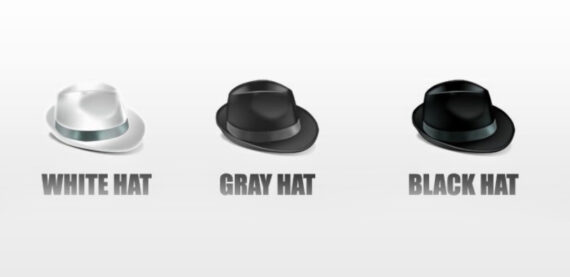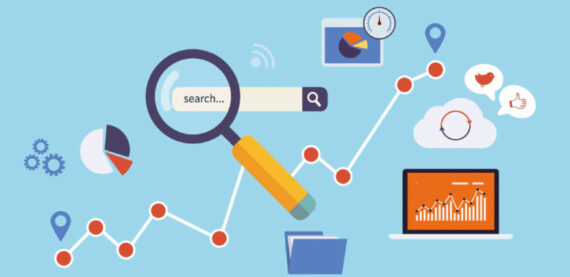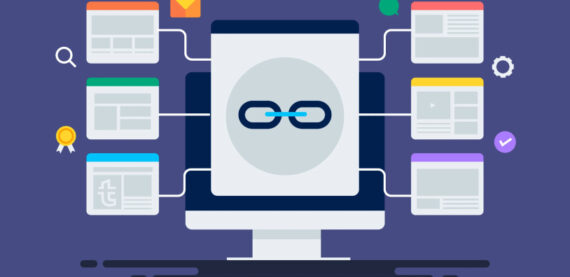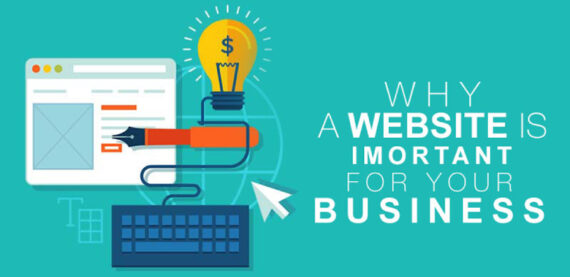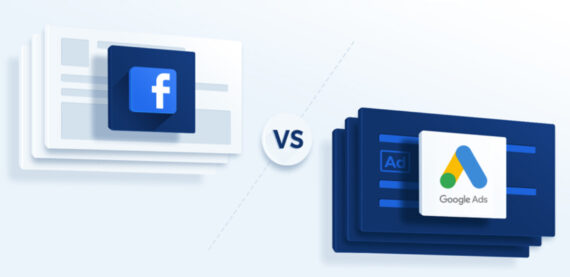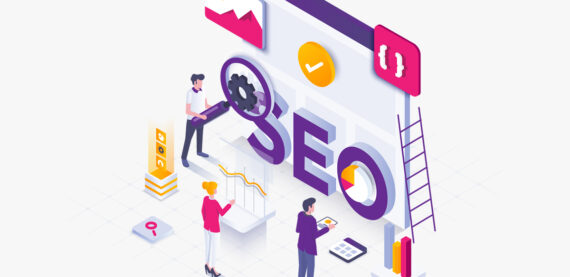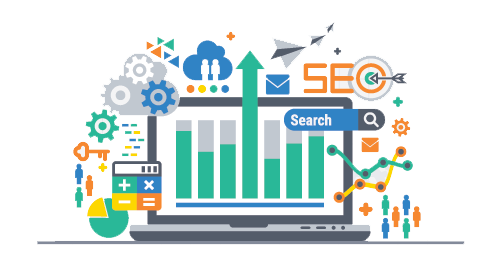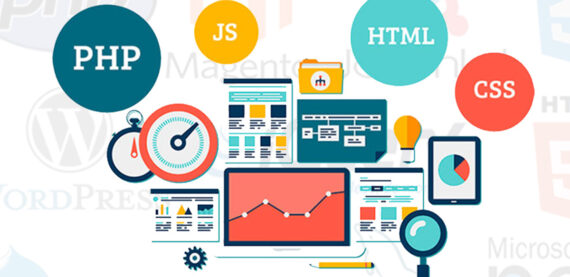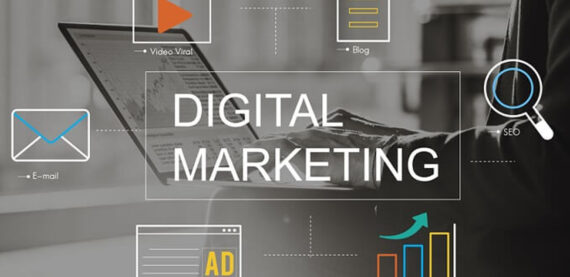User experience (UX) is about all interactions with a product or service. It is the personal, internal experience customers go through when using a product’s interface. Creating user-centric software that delights and engages users can increase customer satisfaction and improve retention and business success.
What makes a good product design?
Companies often have to learn the hard way, relying on design skills alone far from guaranteeing a highly functional product. Good eye and strong design skills are advantageous when designing products and experiences. Still, if you rely on those alone, the flows you create will likely be more problematic for your users than expected.
As any experienced product designer will tell you, the simple reason for this is that you cannot design products and experiences based on intuition and assumptions alone. Even if you do everything by the book and check every box regarding the fundamentals of good visual design, you must involve your users in the design process. Your users hold the answers to your most important questions, and involving them in the design process is the ultimate way to ensure a great user experience and a product that they can be successful with.
That’s where user-centered design comes in. Being user-centric in your design ensures that the end user validates your product’s function – every step along the way. That way, when it comes time to launch, you know that your product fulfils a definite need and does so effectively.
Centering your design around your users is the only way to ensure your product succeeds in a competitive marketplace.
There are many ways to approach the process of user-centered design. Ultimately, your strategy will depend on your particular industry and target audience.
That said, some universal principles are helpful for you to remember.
- Involve users from the very beginning. You will clearly understand your users’ requirements if they are a part of the process. You may have already gone wrong if you involve users later in product development.
- User-centered design should be empathetic. UCD requires you to step into your user’s shoes. Focus on solving their pain points, not just on launching a product that’s easy for you to market.
- Use an iterative design process. Good design only happens after a while. Expect to go through several iterations, and don’t expect to move forward every time. You might learn something new about your user that requires you to go back and change a fundamental element of your design. Don’t be afraid to make mistakes. Be confident in exploring new avenues of creativity.
- Involve multiple feedback loops. Different types of data are essential when evaluating your product and its effectiveness. Gather qualitative and quantitative data at multiple steps along the way. Offer several opportunities to submit feedback from your internal team and external users.
- Follow the fundamentals of good design. The fundamentals of excellent design still apply when it comes to the practical application of these principles. Keep things simple, and think like your user.
User-Centered Design Methods
Now that we’ve explored some fundamental principles behind user-centered design let’s explore some research methods that any user-centric designer should familiarize themselves with. With understanding the user being a fundamental part of user-centered design, knowing which research method to use and how to employ it effectively is crucial.
Focus Groups
Running a focus group involves inviting your intended users to collectively share their thoughts and opinions about a product, a user path, or simply particular issues you will solve with your product.
Some characteristics of focus groups:
- An excellent way to get multiple perspectives at once
- Great for defining product use cases
- Requires an experienced moderator
- Data is largely qualitative
- Generally, a small sample size
- Relatively low costs, especially when done remotely.
Questionnaires & surveys
Well-designed questionnaires and surveys can help obtain statistical data regarding your users’ specific challenges or needs.
Some characteristics of Questionnaires and surveys:
- Feedback is generally brief and simple
- We need to be careful while designing practical questions that are unbiased.
- Data can be both qualitative and quantitative
- Allows for a larger sample size
- From your user base, they source relatively low costs of respondents.
Usability Testing
In usability testing, users interact with the product directly while a moderator takes notes and records feedback. It is used to be done mainly in a live environment but can also be done asymmetrically with specific tools. It’s an excellent form of ethnographic research and a good way to uncover bugs and other issues.
Some characteristics of usability testing:
- Used to generate feedback on designs and user interaction
- Requires at least a developed prototype to test
- Data can be qualitative and quantitative
- Small to medium sample size
- High cost when done live, cheaper when done with tools like Hotjar.
Card Sorting
Card sorting is a UX method used primarily to test and design the overall architecture of a website or application. The key is to gain a unique insight into how users think about the features and content on your website or app so that you can build a user-friendly architecture.
How to create a user-centered design process?
Below are some critical steps in making a process that supports user-centric design across your team.
Research
When done right, research can be a lengthy process. Your goal should be to understand your users’ needs and requirements deeply. If done correctly, the insights derived from your research will play a significant role in developing a compelling user-centric product.
Employ a combination of the research methods listed above to gain a holistic picture of your users. Then, you can develop user personas that guide your product development process from ideation to deployment. Clear user personas can be a massive help at the
beginning of the design process. It gives you an example of your archetypal user and allows you to effectively group users with similar patterns – their behavior, backgrounds, needs, and goals.
It is challenging to collect the correct data, keep it organized, map it onto user journeys, and derive concrete actions.
Define and align your requirements.
Shooting for the moon is good, but you must still design a technically feasible and financially viable product. That’s where setting the right goals and requirements comes in. It’s essential to work with other team members to establish the boundaries of your project. In the words of Basecamp’s Shape Up approach to product management, you must define a clear appetite and scope for your designs and ensure they align well with your user needs. Correctly aligned goals will create a win-win product for all involved. Nothing is more painful than investing time and effort into researching and designing something that gets blocked by stakeholders due to misalignment.
Once you’ve collected all the necessary information, you can start prototyping your designs. Bring all your ideas to life with an engaging design. Start with a bare-bones wireframe and work from there.
Once you’ve developed a rough draft, critique your design by asking yourself relevant questions. For example:
- Is it accessible? Make sure that the user can quickly locate the information they need. Offer various routes to the same information pieces, or ensure they’re guided onto the right path.
- Is it easy to understand? The design needs to facilitate immediate comprehension. What is its purpose, who is it for, and how do you use it? The text should be easy to read. Language should be short and sweet.
Evaluate with feedback
Now is the right time to bring your user back into
the process. Evaluate your prototype through extensive user testing and
feedback.
Observe how users interact with your product.
- Does this design solve the users’ primary issues?
- What to do to improve this design?
- How is the user research incorporated into this design?
- What went well in this process? How can it be repeated?
You can repeat some design methods from the user research phase – focus groups, usability testing, etc. – to gather more insights about how close you came to the mark.
Don’t expect to get everything right the first time. User-centered design is an approach that requires patience but will produce the best results in the end.
Final thoughts
When researching your users’ needs and requirements, it’s essential to understand who your users are, what they expect, and their needs. A great way to do this is to list essential information about your users, business, solutions, and competitors to distill your unique value proposition. Designing user-centric software is vital for creating engaging and successful products. You can build products that resonate with users by incorporating user-centered design principles, conducting user research, creating intuitive interfaces, and embracing feedback.

